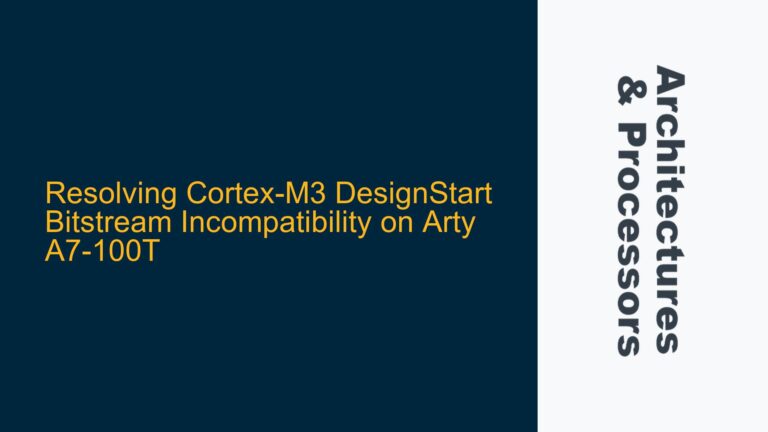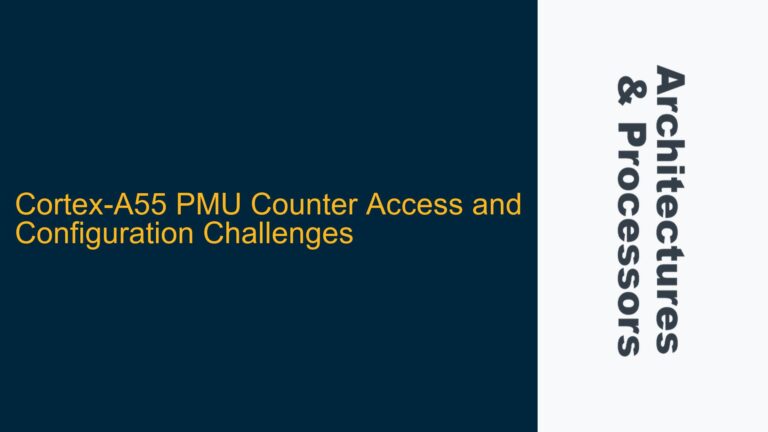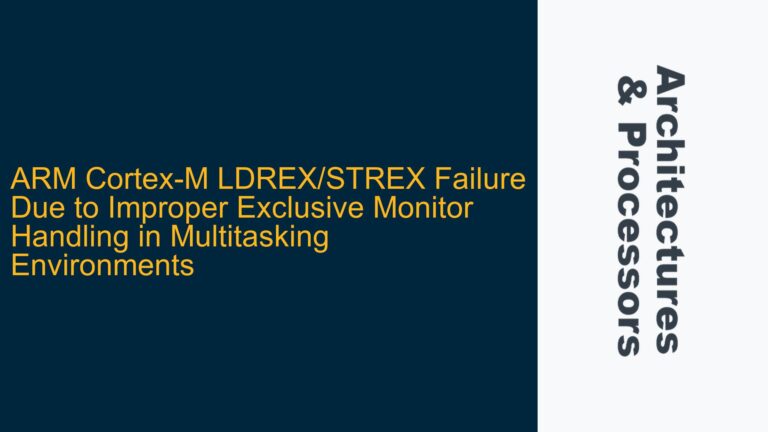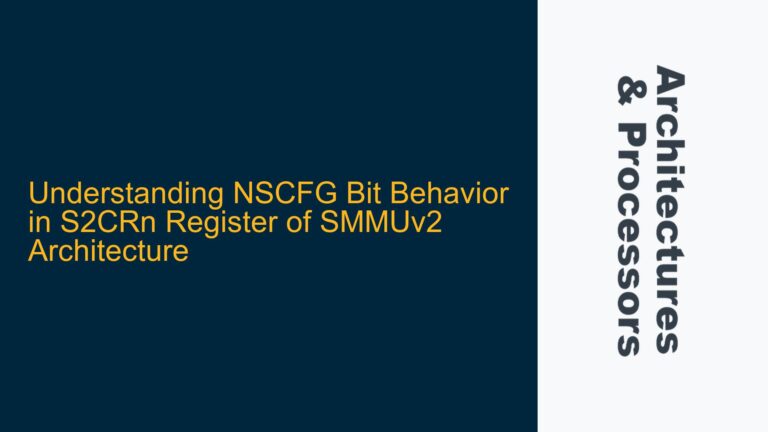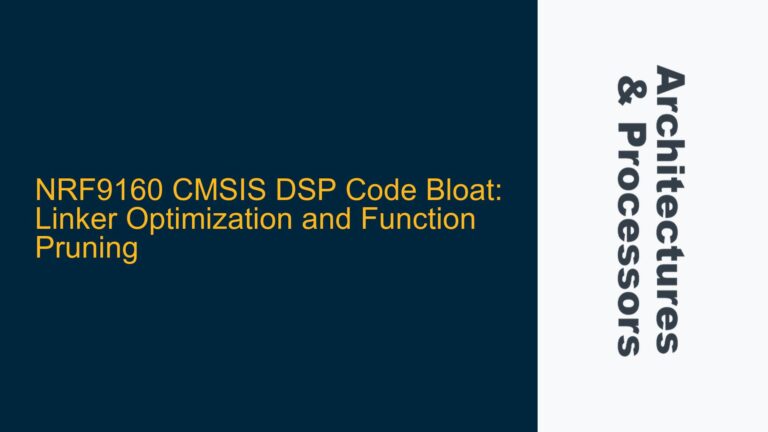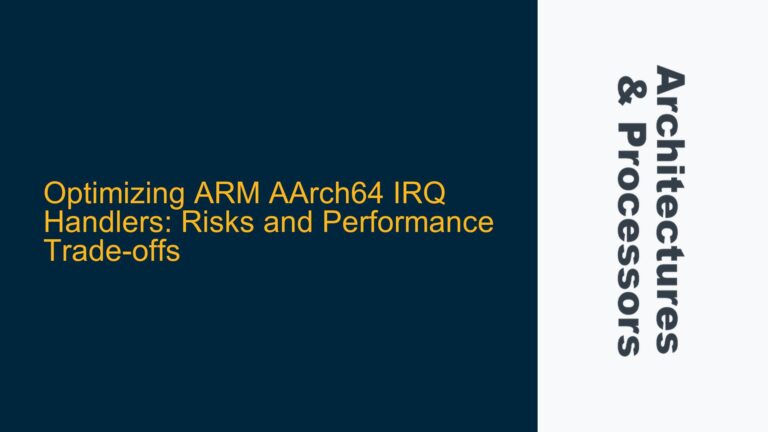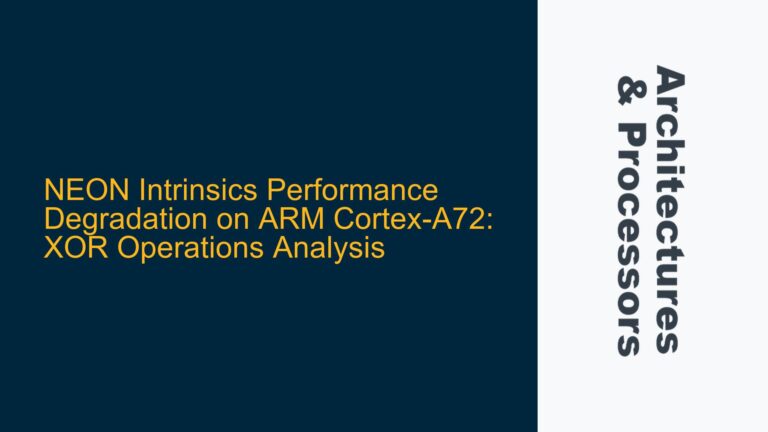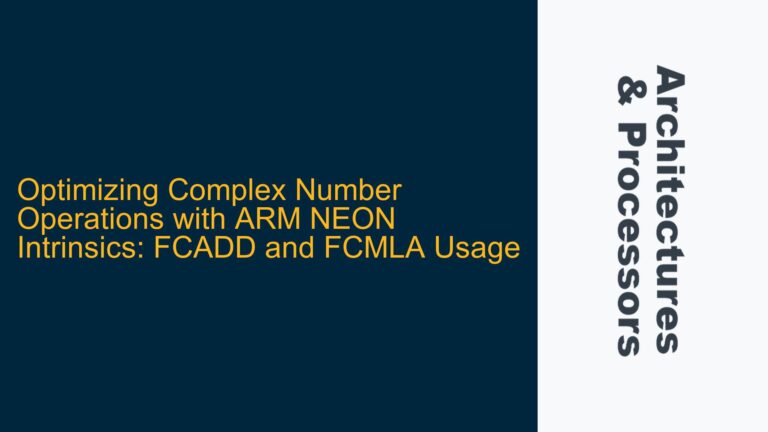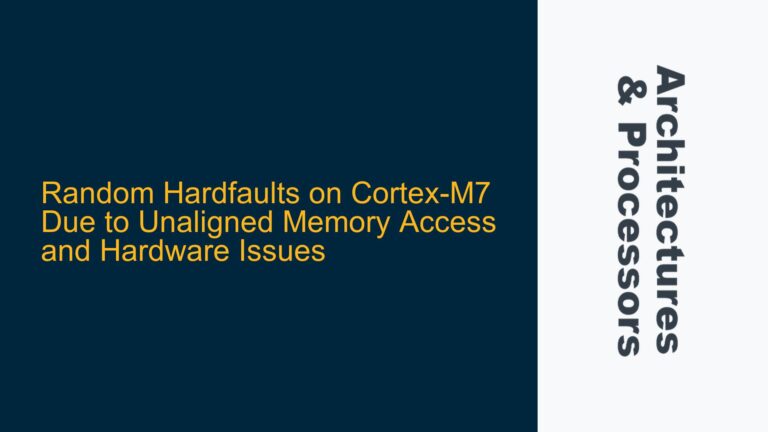Resolving Cortex-M3 DesignStart Bitstream Incompatibility on Arty A7-100T
Cortex-M3 DesignStart Bitstream Incompatibility with Arty A7-100T FPGA The Cortex-M3 DesignStart FPGA-Xilinx edition package provides a pre-built bitstream for the Arty A7-35T FPGA board. However, users attempting to load this bitstream onto the Arty A7-100T FPGA board encounter an error: "Incorrect bitstream assigned to device. Bitfile is incompatible for this device." This issue arises because…
